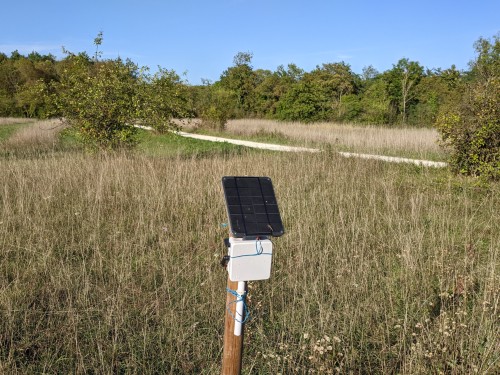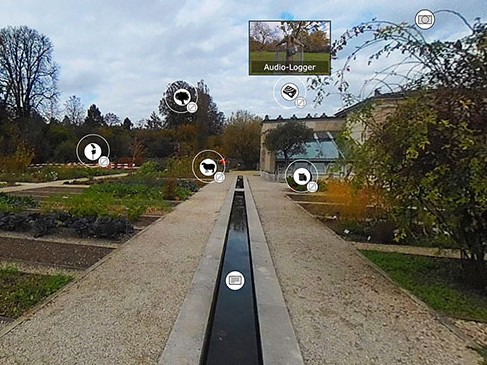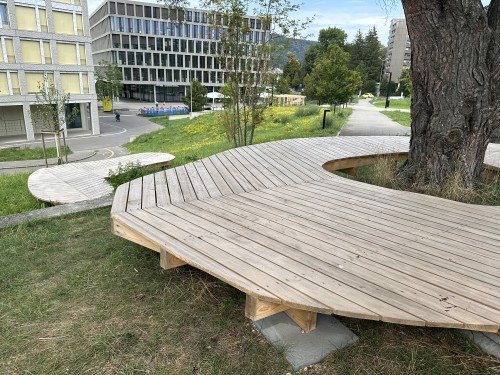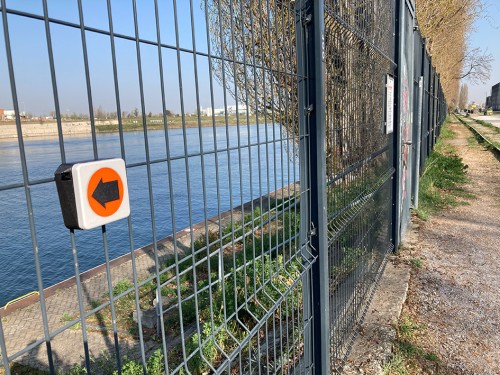POST-ANTHROPOCENTRIC BIODIVERSITY PROMOTION
Different networking strategies with non-human neighbors and the promotion of biodiversity are at the center of all presented concepts, developments and experiments and require a post-anthropocentric co-world view. In peri-urban and recreation areas, architecture and infrastructure should begin to prioritize the ecological common good, the promotion of biodiversity and the regeneration of global resources over human demands for comfort and luxury. Urban districts characterized by concrete and car traffic, interspersed with green spaces and parks, should form resilient ecosystems with high biodiversity and quality of life for responsibly acting human communities. We developed design strategies that contribute to a post-anthropocentric paradigm shift in terms of the sustainable preservation and promotion of biodiversity and the overcoming of the underlying nature-culture dichotomy. The design interventions are based on the developed IoT Toolkit and subdivided into four categories: In Citizen Science based Ecosystem Studies we describe the goals, interdisciplinary strategies, and findings of studies carried out in three peri-urban field study sites. In Communication Media, we present four different media interfaces that were designed for the dissemination of the collected research data and findings and to make the local communities aware of the surrounding biodiversity. In Interspecies Platforms we describe educational design units and public space design proposals for the promotion of more-than-human cohabitation and in the final category Participatory Installations, we introduce artistic media formats that were developed to raise awareness of parallel life forms and to engage local visitors with ecological processes.




